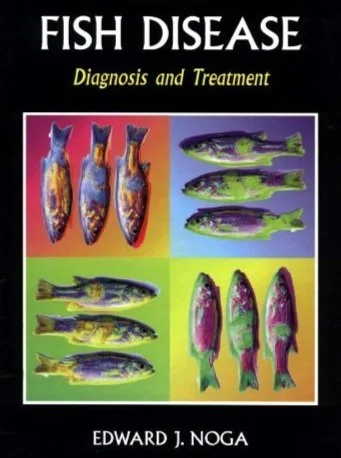Farming has traditionally involved the use of land, machinery and crops. But today there are increasing numbers of farmers relying on large quantities of water to produce crops of fish, shellfish and even seaweed.
Fish farming is the world's fastest-growing sector of agricultural business. Consumer demand for fish products is increasing while wild fish stocks are rapidly declining, creating a strong worldwide demand for cultured food and aquarium fish.
With the climatic and nutritional elements of aquaculture carefully controlled, the biggest threat to the fish farmer's crop is disease.
North Carolina State University Professor of Aquatic Medicine Edward Noga developed this diagnostic guide as a systems-based tool for identifying common fish diseases and determining a course of treatment. Detailed and authoritative, the book also covers environmental problems, bacteria, viruses, parasites, and nutritional deficiencies.
"Diagnosis of most of the common fish disease problems involves fairly simple techniques," Noga points out. "This is due in part to our relatively unsophisticated methods used to identify problems, which are heavily based on the morphologic recognition of a pathogen."
Detailed descriptions of pathogens are accompanied with illustrations and representative examples, making diagnosis a relatively simple and straightforward task.
Veterinarians, students and aquaculture professionals can use this volume in clinical work-ups on a variety of problems. A complete fish disease diagnosis form is included in the appendix, along with a list of suppliers. While the focus of the text is on cultured fish, both those produced as food and those raised as pets, most of its information can be applied to wild populations as well.
